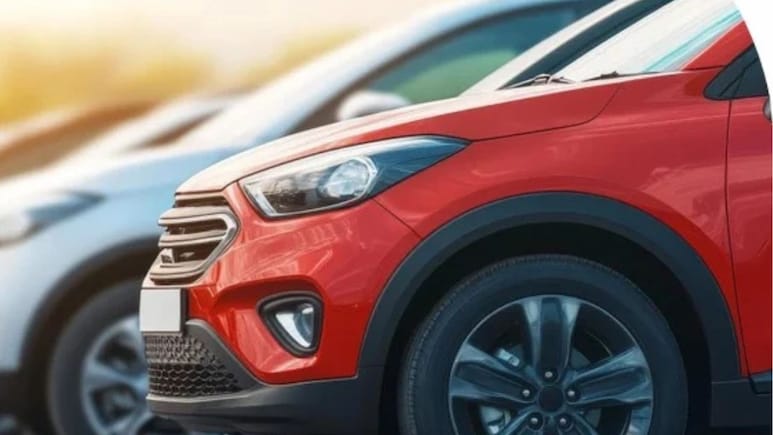
As India gears up for Deepawali, the country's passenger vehicle (PV) market is on the cusp of a transformative festive season. Grant Thornton Bharat's survey titled 'Festive drive: What consumers want in their next ride', based on responses from over 2,800 consumers across cities and age groups, highlights a confident, aspirational, and digitally savvy auto buyer shaping the future of mobility. The study reveals that evolving lifestyles, technology adoption, and policy reforms such as GST 2.0 are driving renewed optimism, with 41 percent of respondents evaluating to purchase a vehicle in the next 3-4 months. Notably, 72 percent of respondents deferred their purchase in anticipation of GST rationalisation, signalling the impact of simplified taxation and improved affordability on consumer sentiment.
Also Read: Triumph Speed Triple 1200 RX Launched- Only 1,200 Units Available Globally
Saket Mehra, Partner and Automotive Industry Leader, Grant Thornton Bharat commented on the trends saying, "This festive season is not just a sales window, it signals deeper shifts in consumer behaviour. The growing preference for hybrids, rising safety consciousness, and willingness to pay for premium features reflect a more informed and aspirational buyer. With GST reforms unlocking affordability and digital channels reshaping discovery, OEMs have a unique opportunity to reimagine their value proposition for India's next phase of mobility."
Key insights:
- Rising hybrid preference: 38 percent of respondents prefer hybrid vehicles, outpacing petrol (30 percent) and EVs (21 percent), signaling a clear consumer shift towards transitional, fuel-efficient technologies.
- SUV dominance: With 64 percent of respondents preferring SUVs, this segment continues to lead India's PV market, contributing 65 percent to total sales in FY25, up from almost 50 percent just two years ago.
- Safety takes priority: 34 percent respondents prioritised safety over price and mileage, reflecting a maturing market influenced by stricter regulations, crash test awareness, and tech-enabled safety features.
- Premiumisation on the rise: More than 35 percent respondents are willing to pay more for high-end variants, and 65 percent respondents have mentioned a 10-15 percent price premium is acceptable, highlighting rising aspirations and demand for feature-rich vehicles.
- Digital discovery reshaping engagement: 52 percent of respondents use both online and offline channels before buying, with social media (selected by 35 percent of respondents) and car apps (selected by 23 percent of respondents) leading the discovery phase.
- GST-led affordability: The reduction of GST on small cars from 28 percent to 18 percent could lower acquisition costs by up to INR 1 lakh, particularly boosting demand in Tier 2 and Tier 3 cities.
A 34 percent growth in PV retail during Navratri 2025, driven by affordability, new launches, and upgrade buying, showing a post-GST surge in auto demand. Stable interest rates, rising disposable incomes, and government reforms, including EV incentives and tax simplifications, are further supporting demand across urban and semi-urban markets.
With evolving consumer expectations, rising digital influence, and policy reforms enhancing affordability, India's automotive market is set for what could be its most promising festive season in recent years. OEMs and dealers are encouraged to leverage these trends by offering tailored, feature-rich models, attractive financing options, and engaging digital experiences to capture the attention of India's next-generation auto buyer.
Track Latest News Live on NDTV.com and get news updates from India and around the world
